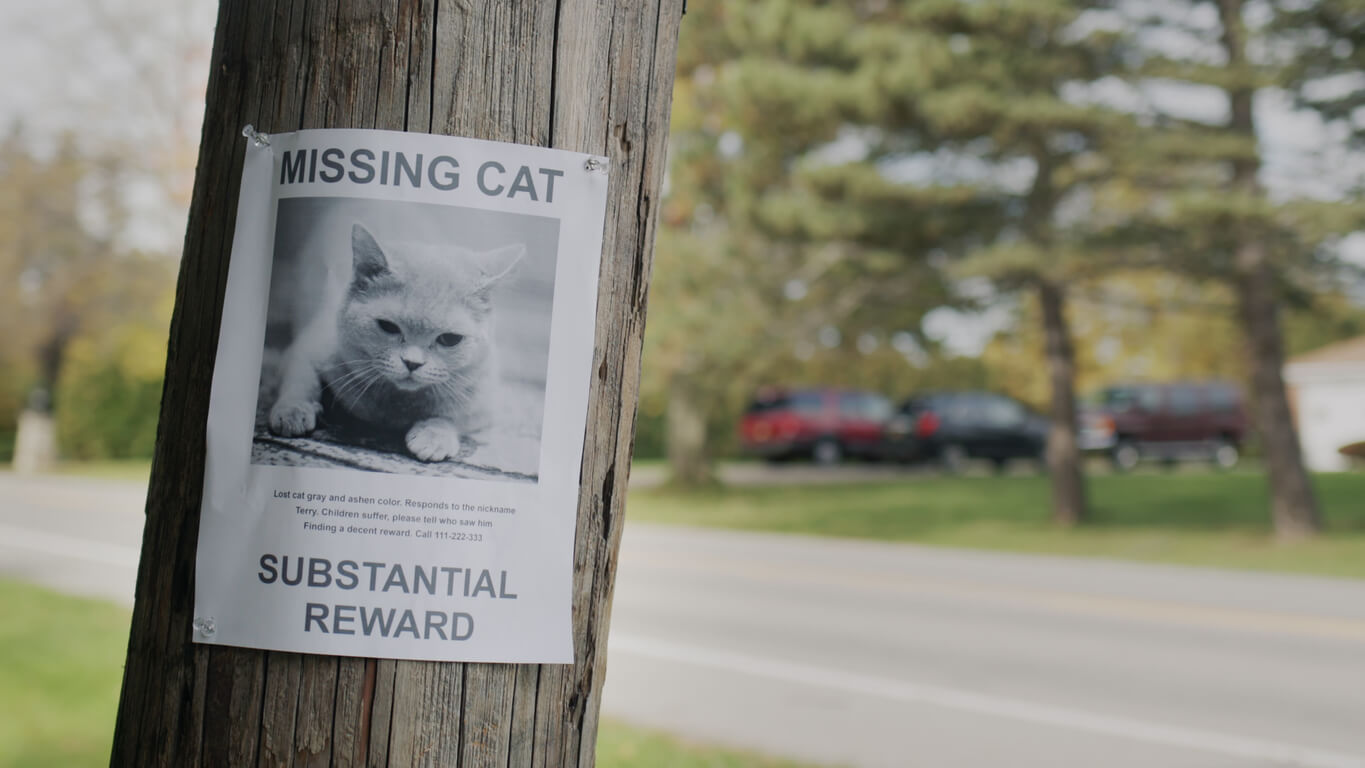

Select a category
All publications
Urban Cat Management in Australia—Evidence-Based Strategies for Success
Cotterell J. Rand J. Scotney R Animals Journal
Urban Cat Management in Australia—Evidence-Based Strategies for Success
Cotterell J. Rand J. Scotney R Animals Journal
Urban Cat Management in Australia—Evidence-Based Strategies for Success
Cotterell J. Rand J. Scotney R Animals Journal
Urban Cat Management in Australia—Evidence-Based Strategies for Success
Cotterell J. Rand J. Scotney R Animals Journal
Rethinking Urban Cat Management - Limitations and Unintended Consequences of Traditional Cat Management
Cotterell J. Rand J. Scotney R Animals Journal
Rethinking Urban Cat Management - Limitations and Unintended Consequences of Traditional Cat Management
Cotterell J. Rand J. Scotney R Animals Journal
Rethinking Urban Cat Management - Limitations and Unintended Consequences of Traditional Cat Management
Cotterell J. Rand J. Scotney R Animals Journal
Rethinking Urban Cat Management - Limitations and Unintended Consequences of Traditional Cat Management
Cotterell J. Rand J. Scotney R Animals Journal
A Purr-suasive Case for Sterilization: How Sterilizing Working-Cats Supports Farmers’ Wellbeing, Improves Animal Welfare and Benefits the Environment
Crawford C. Rand J. Forge O. Rohlf V. Bennett P. Scotney R. Animals Journal
A Purr-suasive Case for Sterilization: How Sterilizing Working-Cats Supports Farmers’ Wellbeing, Improves Animal Welfare and Benefits the Environment
Crawford C. Rand J. Forge O. Rohlf V. Bennett P. Scotney R. Animals Journal
A Purr-suasive Case for Sterilization: How Sterilizing Working-Cats Supports Farmers’ Wellbeing, Improves Animal Welfare and Benefits the Environment
Crawford C. Rand J. Forge O. Rohlf V. Bennett P. Scotney R. Animals Journal
A Purr-suasive Case for Sterilization: How Sterilizing Working-Cats Supports Farmers’ Wellbeing, Improves Animal Welfare and Benefits the Environment
Crawford C. Rand J. Forge O. Rohlf V. Bennett P. Scotney R. Animals Journal
Feline Farmhands: The Value of Working-Cats to Australian Dairy Farmers – A Case for Tax-Deductibility
Crawford C. Rand J. Forge O. Rohlf V. Bennett P. Scotney R. Animals Journal
Feline Farmhands: The Value of Working-Cats to Australian Dairy Farmers – A Case for Tax-Deductibility
Crawford C. Rand J. Forge O. Rohlf V. Bennett P. Scotney R. Animals Journal
Feline Farmhands: The Value of Working-Cats to Australian Dairy Farmers – A Case for Tax-Deductibility
Crawford C. Rand J. Forge O. Rohlf V. Bennett P. Scotney R. Animals Journal
Feline Farmhands: The Value of Working-Cats to Australian Dairy Farmers – A Case for Tax-Deductibility
Crawford C. Rand J. Forge O. Rohlf V. Bennett P. Scotney R. Animals Journal
Load More
Load More
Load More
Load More
Subscribe to our newsletter!
© 2025 APWF · All rights reserved.
Subscribe to our newsletter!
© 2025 APWF · All rights reserved.
Subscribe to our newsletter!
© 2025 APWF · All rights reserved.
Subscribe to our newsletter!
© 2025 APWF · All rights reserved.




